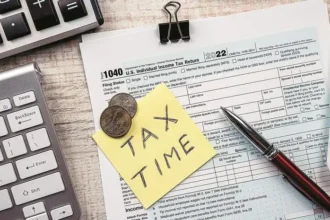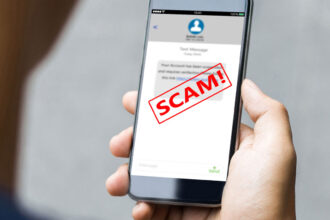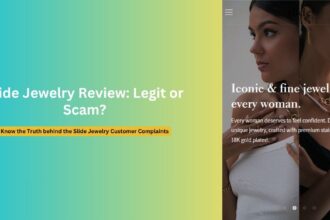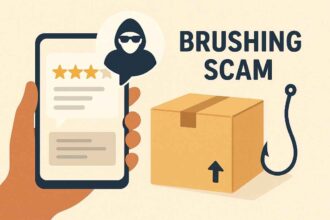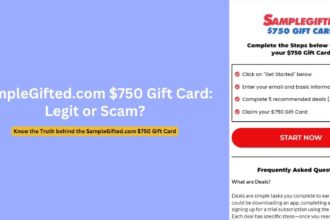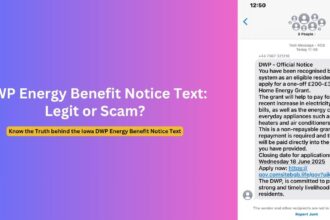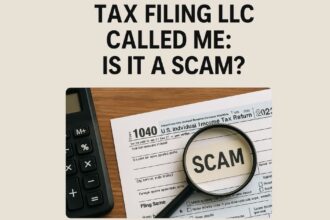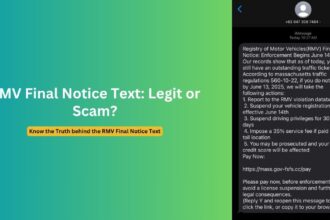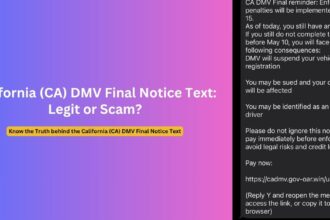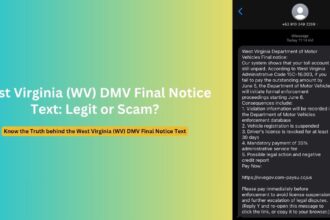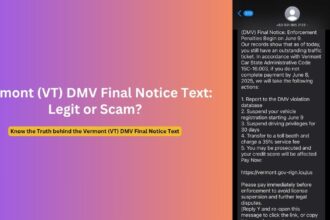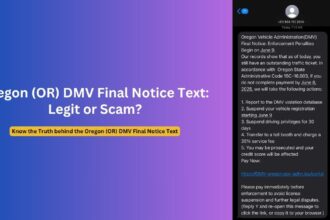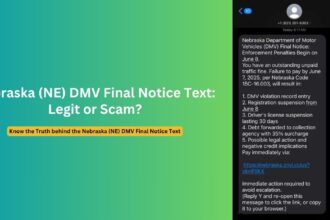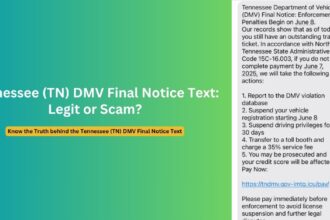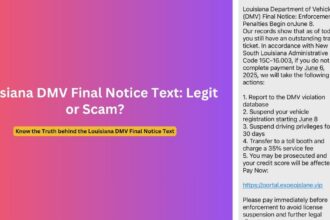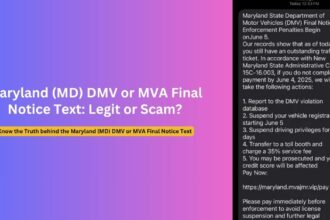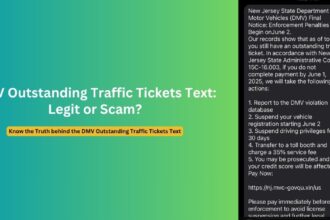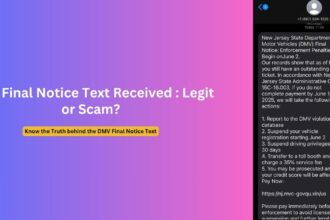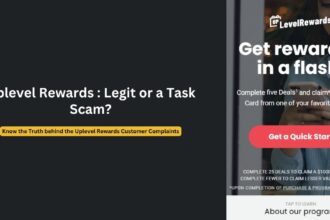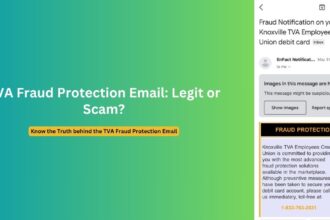California residents and former residents are receiving $156 payments—three times higher than expected—as the $27.5 million Thomson Reuters settlement concludes. Here’s what you need to know about these legitimate payments and how to avoid related scams.
Overview of the $27.5 Million CLEAR Privacy Settlement
If you’ve recently received an email or text message about a $156.09 payment from something called the “CLEAR Privacy Settlement,” you might be wondering if it’s legitimate or just another sophisticated scam. The good news: these notifications are indeed legitimate, stemming from a major class action lawsuit against Thomson Reuters that was settled for $27.5 million.
The settlement resolves allegations that Thomson Reuters violated California privacy laws by selling residents’ personal information through its CLEAR database product without proper consent. Originally filed in December 2020 as Brooks v. Thomson Reuters Corp. (Case No. 3:21-cv-01418) in the U.S. District Court for the Northern District of California, the case reached final approval on February 21, 2025.
What makes these payments particularly noteworthy is their unexpectedly high amount. The settlement initially estimated individual payments between $19 and $48, but eligible claimants are now receiving $156.09 each—more than triple the highest estimate.
Communication Methods for the Settlement
Claimants are receiving notifications about their settlement payments through multiple channels. The settlement administrator is sending both emails and text messages to inform recipients about their $156.09 payments:
Email Notifications
Official emails are being sent from one of two legitimate addresses:
These emails typically contain information about the settlement payment, payment method selected, and may include instructions for accessing virtual prepaid cards or confirming direct deposits.
Text Message Notifications
For those who selected payment methods like Zelle, they are also receiving text notifications. These legitimate texts typically come from number 24273 and follow this specific format:
Chase | Zelle(R): CLEAR Privacy Settlement Administrator sent you $156.09 & it’s ready now. Reply STOP to cancel these
Many recipients report receiving both forms of communication—an email notification first, followed by a text message confirmation once the payment is processed. This dual notification system helps ensure claimants are aware of their payments.
The Lawsuit and Allegations Against Thomson Reuters
The class action lawsuit centered on Thomson Reuters’ CLEAR product, a powerful data analytics tool used by law enforcement, government agencies, and businesses to search for information about individuals. The plaintiffs alleged that Thomson Reuters:
- Collected and sold Californians’ personal information without their knowledge or consent
- Violated California privacy laws by making this information available through the CLEAR database
- Failed to provide adequate opt-out mechanisms for California residents
- Did not properly disclose how personal information was being used
Though Thomson Reuters denied any wrongdoing, the company agreed to the $27.5 million settlement to avoid the risk and expense of continued litigation. Beyond monetary compensation, the settlement also required Thomson Reuters to implement significant changes to its business practices, including:
- Enhanced opt-out procedures for Californians
- Improved transparency about how personal information is used
- Changes to CLEAR’s settings and management practices
- Better disclosure about information collection and usage
The class included anyone who resided in California for any period between December 3, 2016, and October 31, 2024, and was at least 18 years old during that time.
Is the CLEAR Privacy Settlement Payment Email and Text Legitimate?
Yes, emails and text messages from the CLEAR Privacy Settlement Administrator regarding payments are legitimate. The settlement administrator began issuing payments in 21 April 2025 following the court’s final approval in February. These payments are being distributed through various methods selected by claimants during the claim filing process:
- Direct deposits via Zelle
- Virtual prepaid cards
- Venmo transfers
- Paper checks sent by mail
The legitimate settlement website is www.clearprivacysettlement.com, which was established as part of the court-approved settlement. The claim submission deadline was December 27, 2024, and payments are now being distributed to approved claimants.
Many recipients have expressed surprise at receiving these payments, with some forgetting they had even filed claims months ago. Social media has been buzzing with posts from people confirming receipt of their $156.09 payments.
Importantly, while the settlement was specifically for California residents, some individuals currently living in other states have reported receiving payments. This is because eligibility was based on having resided in California for any period during the nearly eight-year class period, not current residence.
How to Identify and Protect from CLEAR Privacy Settlement Email and Text Scams
While the CLEAR Privacy Settlement payments are legitimate, scammers often exploit well-known settlements to create convincing phishing schemes. Here’s how to protect yourself:
Red Flags of Settlement Email and Text Scams
- Urgent action required: Scammers create false pressure by demanding immediate action to “verify your claim” or “prevent payment expiration.”
- Requests for upfront fees: Legitimate settlements never require you to pay processing fees, taxes, or other charges to receive your payment.
- Requests for excessive personal information: Be suspicious if an email asks for your Social Security Number, driver’s license number, or banking passwords—legitimate settlement administrators already have the information they need.
- Suspicious email addresses: Official communications come from specific email addresses: [email protected] or [email protected]. Be wary of emails from other addresses, particularly those with slightly misspelled versions of these legitimate addresses (like “clearprivacysettlment” missing a letter).
- Poor grammar and spelling: Many scam emails contain noticeable language errors.
- Unexpected attachments: Be extremely cautious of emails with attachments, as these may contain malware.
Protecting Yourself from Settlement Scams
- Verify through official channels: If you receive a settlement-related email, verify it comes from one of the official email addresses ([email protected] or [email protected]). When in doubt, visit the official settlement website directly by typing the URL into your browser rather than clicking links.
- Check court records: Major settlements have publicly accessible case information through the court’s website or PACER system.
- Contact the settlement administrator: Use the contact information from the official settlement website, not the email in question.
- Be wary of “new” claim opportunities: Once a claim deadline has passed, legitimate settlements do not typically reopen for new claimants. The CLEAR Privacy Settlement claim deadline was December 27, 2024.
- Use multi-factor authentication: Enable this security feature on your financial accounts to prevent unauthorized access even if scammers obtain your password.
Frequently Asked Questions
1. Is the CLEAR Privacy Settlement Payment Email Legitimate?
Yes, if it comes from the official settlement administrator and directs you to clearprivacysettlement.com. The settlement has been approved by the court, and payments of $156.09 began being distributed in April 2025 to those who submitted valid claims by the December 27, 2024 deadline.
2. Is [email protected] a Legitimate Email?
Yes. This is one of the legitimate email addresses used by the settlement administrator. Official emails about the CLEAR Privacy Settlement may come from either [email protected] or [email protected]. Both are legitimate and associated with the official settlement administration.
3. Are Recipients Getting Both Emails and Text Messages About Their Payments?
Yes. Many claimants report receiving both forms of notification. Typically, you might first receive an email from either [email protected] or [email protected] announcing your payment.
Then, if you selected a payment method like Zelle, you’ll also receive a text message from number 24273 with the specific format: “Chase | Zelle(R): CLEAR Privacy Settlement Administrator sent you $156.09 & it’s ready now. Reply STOP to cancel these”. This dual notification approach is part of the official settlement administration process.
4. Why Did I Receive a Payment If I Don’t Live in California?
The settlement covered anyone who resided in California for any period between December 3, 2016, and October 31, 2024. If you lived in California at any point during that nearly eight-year period—even temporarily—and submitted a claim, you may be eligible for payment regardless of your current residence.
5. Why Is the Payment $156.09 Instead of the Estimated $19-$48?
The final payment amount depends on how many valid claims were submitted. The higher-than-expected payment amount suggests that fewer people submitted claims than initially projected, resulting in a larger per-person distribution from the settlement fund.
6. Is It Too Late to Submit a Claim for the CLEAR Privacy Settlement?
Yes. The deadline to submit claims was December 27, 2024. The settlement is now in its final phase of distributing payments to approved claimants. No new claims are being accepted.
Recent Settlement Payment Scam Tactics to Watch For
Scammers have developed increasingly sophisticated techniques targeting settlement recipients:
- Follow-up tax scams: After legitimate payments are sent, scammers may send fake emails claiming recipients need to pay taxes on their settlement before they can access funds.
- “Verification required” phishing: Emails claiming there’s an issue with your payment method that requires verification through a fake website designed to steal credentials.
- Digital wallet hijacking: Scammers sending fake settlement emails with links to counterfeit digital wallet verification pages to gain access to your actual digital wallet.
- Settlement “increase” schemes: Messages claiming you’re eligible for additional funds beyond the standard payment, requiring “verification” of your identity or financial information.
- Settlement impersonation calls: Phone calls from scammers claiming to be from the settlement administrator, requesting verification information to “process your payment.”
Conclusion: Legitimate Payments, Real Risks
The CLEAR Privacy Settlement payments of $156.09 are indeed legitimate for those who submitted valid claims by the December 2024 deadline. This significant class action lawsuit against Thomson Reuters resulted in both monetary compensation and important changes to business practices regarding personal information handling.
However, the publicity surrounding these payments has created opportunities for scammers to target potential recipients. By understanding how legitimate settlements work, recognizing red flags, and verifying information through official channels, you can protect yourself from falling victim to settlement-related scams.
If you’ve received a settlement payment, enjoy your unexpected windfall. If you’ve received a suspicious email about a settlement payment—particularly one claiming you can still submit a claim for this settlement—proceed with extreme caution and verify through official channels before taking any action.
Remember that legitimate settlement administrators will never ask for payments, excessive personal information, or access to your digital wallet to process your settlement payment.

